Ayurvedic perspective of microcirculation
Dr. med. Antonio Morandi
The function of blood and its flow were well-known to the ancient ayurvedic Ṛṣi well before Harvey’s demonstration in 1628. The blood flow and the pumping function of the heart are clearly mentioned both in the Atharva Veda, one of the four Vedas, and in the main classical Ayurvedic texts. The word itself „Hṛdaya“, which in Sanskrit defines the heart, has an etymology that clearly describes its function. Hṛ, in fact, derives from Harati meaning “to receive“, Da comes from Dadāti meaning “to give“, while Yā means “to move“, “to go“ “circular movement“, thus defining as a whole the function of heart as a pump that can give, receive and circulate blood. Caraka described the general organization of the cardiovascular system by specifying the importance of the heart and how it pumped the nutrient fluids into all body parts. In yurveda what we modernly call blood is actually described as the set of four components needed for life or: Rasa, fluid that results from complete digestion and absorption of food, Rakta, which derives from the elaboration of Rasa and represents the red and corpuscular part of the blood whose state is closely related to health and life (the modern description of Anemia can be found in yurveda in the condition called Pāṇḍu), and Ojas whose function is closely associated with the concept of immunity and Prāṇa which includes elements derived from breathing. It is really amazing to observe how this description corresponds to the functional aspects that are modernly attributed to the blood.
Due to its profound knowledge of the cardiovascular system, Ayurveda gives the same importance to Microcirculation as Modern Medicine does, although everything is observed from a wider and articulated perspective, as its holistic vision does not limit the attention to the single organ microcirculation. The description that ancient ayurvedic texts report of exchanges at thinner levels of blood circulation is of great interest for surprising detail and conceptual modernity. Both Suśruta and Vāgbhata describe how vases become porous as they become thinner and pervade the whole body. Caraka had already described the srotamsi system as channels from which and exudation happens and that the phenomenon is bi-directional, providing nourishment and removing wastes.
It thus appears clear how the knowledge of anatomical and functional cardio circulatory aspects, of the importance of blood, blood circulation and vascular network were clearly present in Ayurveda from the earliest times. Of course, this physiological knowledge also corresponds to a profound understanding of its pathologies.
Although the Ayurvedic and the modern knowledge systems are undoubtedly different and seemingly far apart, however, they are only different perspectives of a single reality. In fact, a careful analysis and proper contextualization and the subsequent „conceptual translation“ of the two systems will make it possible to highlight important similarities and convergences that will allow subsequent elaboration. It is important therefore that there be the real possibility of an evolutionary, equal, and without prejudice dialogue between such diverse epistemologies, because only this will allow the emergence of an unpredictable and superior cultural and scientific paradigm that will lead to a new vision of reality.

Rosenberg Ayurveda und Wellness-Consulting AG
Europäische Akademie für Ayurveda Schweiz
Büelstrasse 17
CH-6052 Hergiswil NW
info@ayurveda-symposium.org
Newsletter
* Ich habe die Datenschutzerklärung zur Kenntnis genommen. Ich stimme zu, dass meine Angaben und Daten zur Beantwortung meiner Anfrage elektronisch erhoben und gespeichert werden.

2024 © Rosenberg Ayurveda Akademie gGmbH